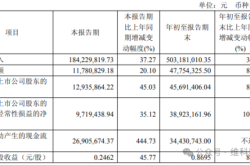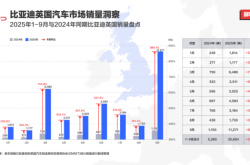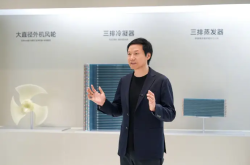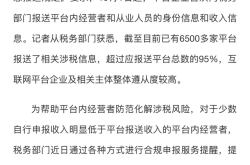1 Night, 3 Press Conferences: The Race for Intelligent Driving Heats Up
![]() 03/19 2025
03/19 2025
![]() 588
588
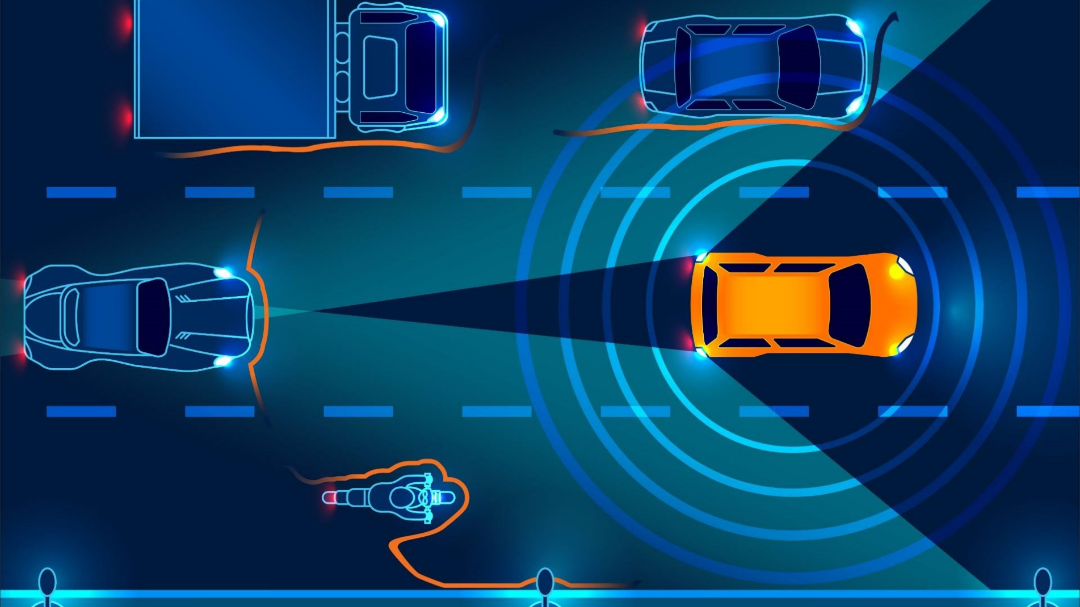
Introduction
In the automotive world, the absence of intelligent driving technology means missing out on the table. Slow iteration equals falling behind in the race.
On March 18th, the spotlight was once again on intelligent driving, with Chery, Zeekr, and GAC holding press conferences. These three events are not only significant but also emblematic, making it essential to discuss them collectively.
First, let's focus on Chery, one of the top three domestic automakers. Its strategic planning and actions will undoubtedly impact the industry and its structure. Previously, Changan, BYD, and Geely have all unveiled their intelligent driving strategies before Chery. How will Chery respond? Everyone is watching closely.

Ultimately, Chery chose a similar path as BYD and Geely, introducing the Falcon Intelligent Driving System with four versions: 200, 500, 700, and 900. This system will be integrated into all Chery models by 2025, expected to exceed 30 models, including entry-level vehicles like the 60,000-yuan Ant. Additionally, there's the Falcon Intelligent Driving Off-Road, a dedicated off-road intelligent driving technology.
The capabilities of the four Falcon Intelligent Driving versions are clearly illustrated in the image below. However, Yin Tongyue emphasized that both gasoline and electric vehicles must be simultaneously intelligentized and equipped with intelligent driving, ensuring global coverage.
When compared to BYD's Tian Shen Zhi Yan A/B/C and Geely's Zeekr Pilot H1-H9, the functionalities offered by each are quite similar, generally starting with high-speed NOA, progressing to urban NOA, D2D (Door-to-Door), and L3-L4 capabilities, and finally implementing various parking functions. The 500 and 700 versions will soon be available to consumers, while the widespread application of the 900 version may have to wait until 2026.

Regarding intelligent driving capabilities, each company outlines its underlying logic. For Chery, it boasts robust technical support in five areas: computing power, data, digital evaluation, and global validation.
For instance, Chery's combined computing power has reached 14 EFLOPS, serving as the fundamental guarantee for intelligent driving. Additionally, Chery possesses vast data resources, including over 15 million global users, 5 global data centers, over 2 billion intelligent driving kilometers annually, over 10 million high-value training data clips globally, over 1.8 million world model generation scenarios, etc. Furthermore, there are 20 million kilometers of model learning mileage per day, 1 million kilometers of digital verification capability per day, and algorithm iteration speed of once a week.
In terms of algorithms, they are currently all end-to-end large models featuring multi-dimensional perception and dual-system collaboration. Future upgrades will integrate end-to-end VLA (Vision-Language-Action Model) + WM (World Model). Digital evaluation focuses on simulation and generative AI. According to Chery, the Falcon Intelligent Driving digital evaluation requires 1 billion kilometers of running, equivalent to 25,000 laps around the Earth. Another core point is Chery's global validation system, with over 10 million kilometers of real-vehicle validation, over 4.5 billion kilometers of global user intelligent driving mileage, and over 3 million collisions prevented by intelligent driving's active safety features.
Following the strategic announcement, we must now await the concrete performance of Chery's Falcon Intelligent Driving series when implemented in vehicles. After all, experience remains the sole criterion for testing intelligent driving capabilities.
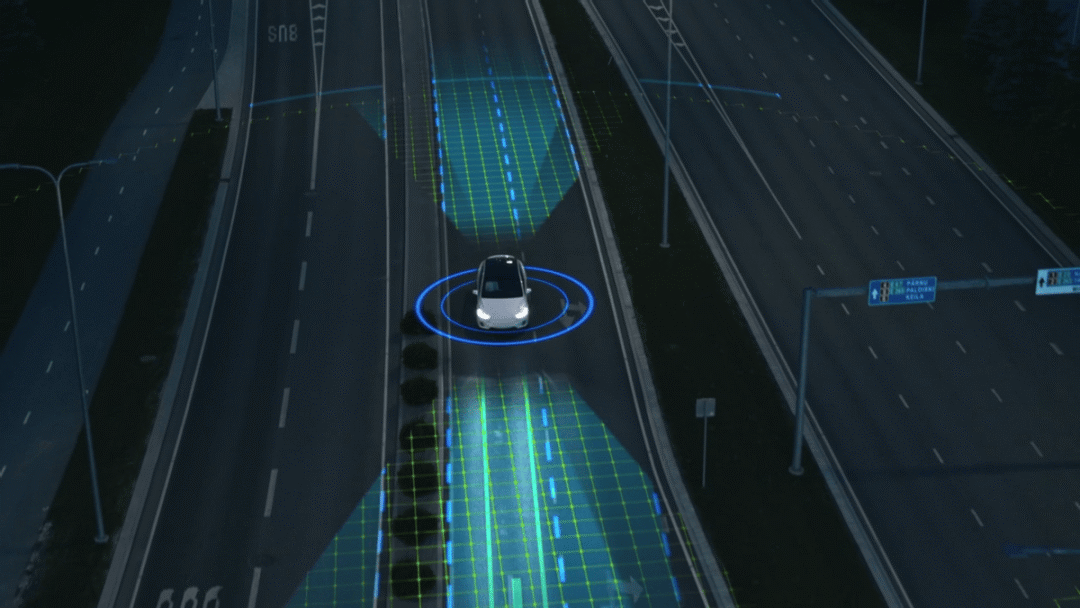
With the implementation of Chery's intelligent driving strategy, leading enterprises such as Chery, Geely, and BYD have made their intentions clear, and the competition in intelligent driving has become evident. Additionally, it signifies that the intelligent driving strategies of leading domestic automakers have fully entered the stage of implementation and results. The concepts of universal intelligent driving and equal rights in intelligent driving advocated by each company will inevitably propel intelligent driving into the public consumption realm faster, becoming a driving force for the iteration and update of automotive consumption.
Next, let's turn to Zeekr. This Zeekr Pilot press conference is essentially an upgrade and extension of Geely's intelligentization strategy announced half a month ago. Previously, Geely announced that the intelligent driving strategy for the entire group would be unified as Zeekr Pilot, and the head of Zeekr Pilot was promoted to Chief Intelligent Driving Scientist of Geely Holding Group. Therefore, Zeekr Pilot naturally became the locomotive of Geely's Zeekr Pilot system.
Thus, the door-to-door solution presented by Zeekr Pilot this time, along with the L3-level intelligent driving solution to be released based on dual NVIDIA Thor chips and 5 LiDARs, represents the pinnacle of Geely's intelligent driving capabilities. It also sparks more imagination regarding the performance of Zeekr Pilot capabilities and the extension of the intelligent driving system to the entire Geely Group.
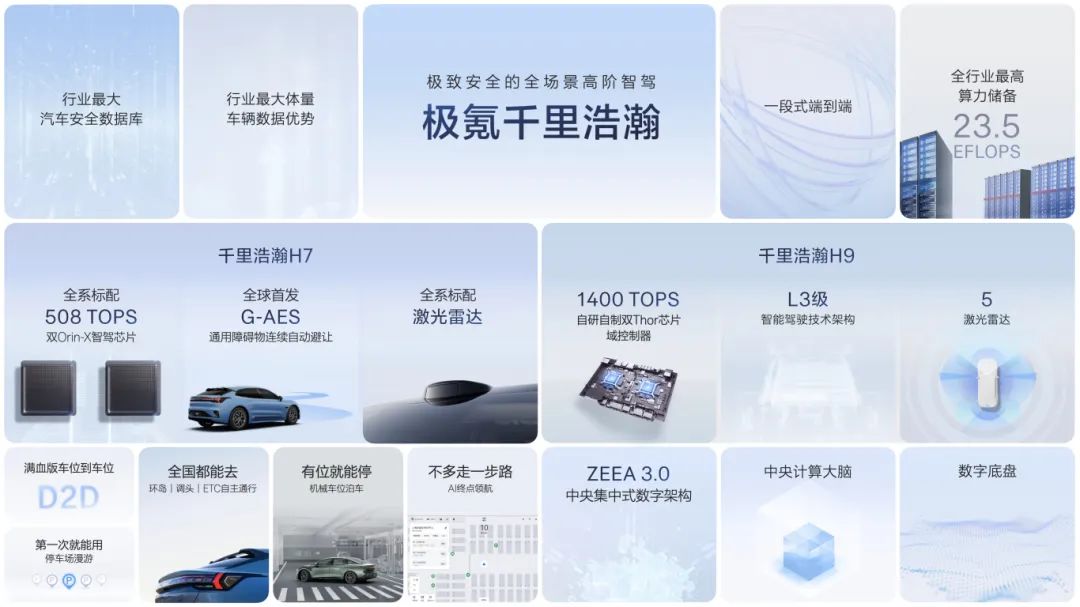
While Chery's Falcon Intelligent Driving necessitates new product upgrades before it can be experienced, Zeekr's Zeekr Pilot system, leveraging pre-installed hardware, allows existing users with basic hardware to achieve OTA upgrades and experiences, demonstrating Zeekr Pilot's foresight and leadership. The door-to-door solution released this time enables fully autonomous driving capabilities without any human intervention and will be rolled out and used on a large scale next month, representing the industry-leading level of Zeekr and even Geely in intelligent driving.
In fact, the root cause supporting the rapid iteration of Zeekr's intelligent driving capabilities is akin to Chery's logic, relying on the synergy of hardware, computing power, data, and algorithms to achieve results. For instance, Zeekr's entire lineup is equipped with top-tier hardware standards of LiDAR + dual Orin-X chips, boasting the industry-leading callable computing power of 23.5 EFLOPS among automakers. Additionally, Zeekr Pilot has the largest fleet advantage in the industry, with 7.5 million vehicles equipped with L2 and above assisted driving, providing training samples based on real-world conditions for Zeekr's large intelligent driving model with a data volume of over 200 million kilometers per day on average.

Furthermore, Zeekr's intelligent driving large model has undergone a significant upgrade to the "End-to-End Plus Technical Architecture," featuring one-stage end-to-end, MLM multi-modal large language model, and an original Digital Precognition Network that can accumulate spatial-temporal memory from human or intelligent driving modes, extract long-term intelligent driving experience, and achieve ultra-long-range prediction.
According to the CEO of Zeekr Intelligent Technology, Zeekr's Zeekr Pilot system capabilities have entered the first tier. The fully-loaded door-to-door solution can be utilized anywhere in the country, marking a first. In terms of parking, it is a versatile parking king capable of parking anywhere (including mechanical parking spaces). Additionally, there are globally pioneering AI endpoint navigation functions and the industry's first valet parking and charging services. The next step will be to achieve overall leadership in the first tier based on monthly and weekly iterations.
Now, let's examine GAC. Although the core of this event was the pre-sale of Aion Hyper GT (formerly known as Aion LX Plus), intelligent driving remains a significant focus for GAC. This time, in addition to upgrading ADiGO to Starlink, it launched five-tier intelligent driving solutions covering a computing power range of 70-2000 TOPS, named the G100 to G1000 series. These solutions will gradually encompass all models of the Trumpchi, Aion, and Hyper brands. Specifically, the Hyper brand will have high-level intelligent driving as standard equipment across all models by 2025, with new products featuring urban pilot functions; the Aion brand will achieve full coverage of intelligent driving and automatic parking, with main models upgraded to high-level solutions, forming a comprehensive product matrix from basic assistance to high-level autonomous driving.

As a representative of state-owned automakers, the strategic implementation and demonstration of GAC's intelligent driving capabilities serve as a testament that "state-owned enterprises also have technology." Simultaneously, it signifies self-improvement and transformation for state-owned enterprises striving to enter the mainstream market of intelligent driving. GAC has set a goal for itself to firmly establish itself in the first tier of intelligent driving products by 2025 and become the first automaker in the industry to achieve mass production of L4 autonomous driving vehicles.
Undoubtedly, intelligent driving has become a crucial indicator to measure automakers' current capabilities and will directly impact their market competitiveness. Consumers' perception of autonomous driving is straightforward: I may not use it, but you can't not have it. Not having it signifies technological backwardness. Moreover, major automakers constantly feel immense pressure in this arms race.
Wu Yongqiao, head of Bosch's intelligent driving control system, recently stated in an interview that senior executives of major automakers are quite anxious. Many CEOs can't sleep at night and are deeply concerned about how to integrate intelligent driving into products priced between 100,000 and 150,000 yuan. This applies not only to new energy vehicles but also to hybrid and gasoline vehicles. The trend and concept of universal intelligent driving are set in stone.
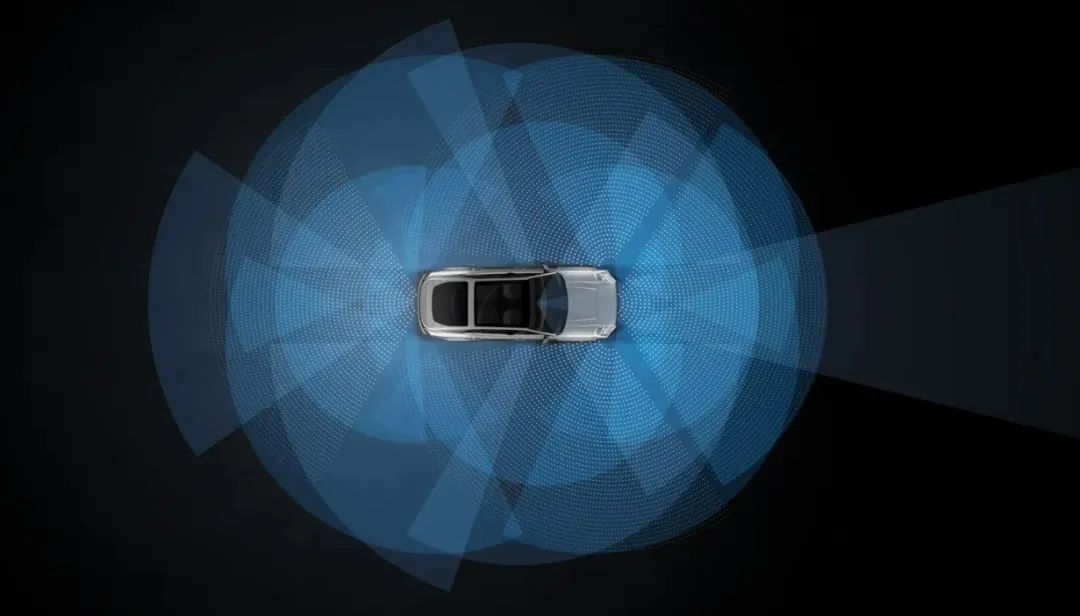
However, regarding intelligent driving capabilities, on the one hand, it hinges on the arms race among enterprises in data, computing power, and algorithms. But when it comes to actual products, experience remains the criterion for judging their merits. Furthermore, different individuals have varying thresholds for judging and accepting intelligent driving capabilities, and their assessments of safety and takeovers are even more diverse. This personalized evaluation method leads to inconsistent evaluations and attitudes towards the performance of intelligent driving capabilities.
From the intelligent driving capabilities that new forces are proud of, to the comprehensive catch-up of leading domestic automakers, to state-owned enterprises and even joint venture automakers entering the intelligent driving arena, the escalation of the intelligent driving battle is in full swing. This poses a problem that needs to be addressed: When intelligent driving becomes a ubiquitous and highly configured feature, and the performance of each automaker differs from the consumer's acceptance threshold of intelligent driving capabilities, where will the competition in automotive intelligence turn next?
When GAC Toyota BZ3X recently lowered the price of high-level intelligent driving with LiDAR to below 150,000 yuan, and when ZERO RUN followed suit by bringing LiDAR to the 120,000 yuan range, and in the future, Changan will undoubtedly explore the 100,000 yuan segment with LiDAR, the competition in intelligent driving may ultimately revert to the most primitive and brutal battlefield of price wars.
Editor-in-Chief: Shi Jie, Editor: He Zengrong

